The Prime Minister has just approved the Binh Duong Provincial Planning for the 2021-2030 period, with a vision to 2050.
Notably, in the technical infrastructure development plan, the planning of the transportation system ensures unity, rationality, synchronization, modernity, environmental friendliness and is consistent with the development orientation of the country, the Southeast region and the province.
At the same time, prioritizing investment to create the premise and driving force for rapid socio -economic development, ensuring national defense and security, adapting to climate change and sustainable development.
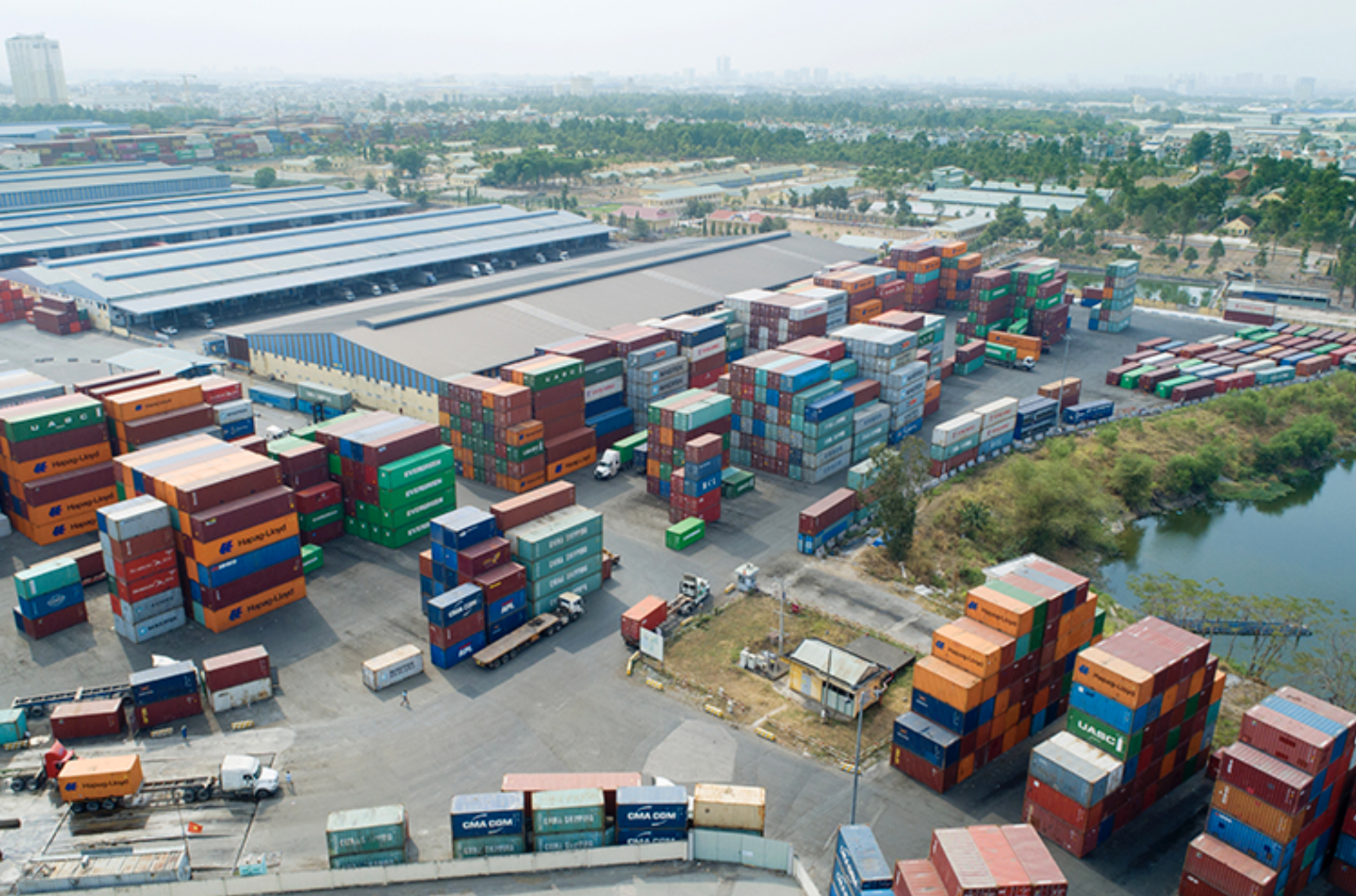
The planned dry ports and ICDs in Binh Duong all have multimodal transport connections to facilitate the transportation of goods (Illustration photo).
For dry ports and ICDs, a dry port system will be developed to meet the needs of transporting import and export goods, increasing the cargo handling capacity of the seaport system in the Southeast region.
Among them, there are An Son dry ports with an expected throughput capacity of 332,000-350,000 TEUs/year; Binh Hoa dry port (Tan Cang Song Than) in Thuan An city with an expected throughput capacity of 300,000-500,000 TEUs/year; TBS Tan Van Di An dry port (in Di An) with an expected throughput capacity of 230,000-250,000 TEUs/year.
Thanh Phuoc and Tan Uyen dry ports in Tan Uyen city are planned with expected throughput capacities of 100,000-170,000 TEUs/year and 150,000-200,000, respectively; Ben Cat dry port cluster in Ben Cat city (including An Dien dry port, An Tay dry port, Rach Bap dry port); and Thanh An dry port in Dau Tieng city with an expected scale of 5-10 hectares and throughput capacity of 50,000-100,000 TEUs/year.
These dry ports are all implemented according to the Master Plan for the development of the dry port system for the 2021-2030 period, with a vision to 2050, approved by the Prime Minister .
According to the planning for the development of the dry port system, the dry ports in Binh Duong are located on two economic corridors including the Ho Chi Minh City economic zone (the dry port throughput capacity on this corridor by 2030 is about 3.2 million TEUs/year to 4.24 million TEUs/year) and the Dak Nong - Binh Phuoc - Ho Chi Minh City transport corridor (the dry port throughput capacity on the corridor by 2030 is about 1.86 million TEUs/year to 2.65 million TEUs/year).
Local dry ports all have multimodal connections, connecting with seaports in Dong Nai, Vung Tau and Ho Chi Minh City.
Specifically, An Son dry port connects with roads including National Highway 13, Ho Chi Minh City Ring Road 3 and with An Son inland waterway port on the right bank of the Saigon River. Binh Hoa dry port (Tan Cang Song Than) connects with roads including provincial road DT743, National Highway 13. TBS Tan Van Di An dry port connects with National Highway 1, National Highway 51, DT743, Binh Duong Boulevard and Ring Road 3.
Thai Hoa dry port is connected to roads including DT747, QL1A, Ring Road 2, Ring Road 3 of Ho Chi Minh City, as well as connecting to the Saigon - Hieu Liem waterway (Dong Nai River). Thanh Phuoc dry port is connected to Dong Nai River and provincial road 747A, QL13.
The two dry ports of An Son and Thai Hoa are also on the list of priority dry ports for investment in the 2021-2030 period.
Notably, in the Binh Duong Provincial Planning, the locality also plans to research and build new dry ports including Bau Bang and Lai Hung dry ports in Bau Bang district, Vinh Tan dry port in Tan Uyen city, Bac Tan Uyen dry port in Bac Tan Uyen district, An Binh terminal dry port in Di An city, ICD Riverside in Ben Cat city and dry ports at traffic hubs and planned industrial clusters.
Of which, Lai Hung dry port is expected to have the largest scale with an estimated area of about 100 hectares.
The planning notes the scale, throughput capacity and specific locations of dry ports and ICDs in the above list are accurately determined during the process of establishing investment procedures.
When considering approval of investment policies, detailed contents on scale, approval capacity, and construction location of each project may be adjusted to suit reality, but must ensure that the project objectives are consistent with the planning and are agreed upon by relevant professional agencies.
Source: https://www.baogiaothong.vn/quy-hoach-them-nhieu-cang-can-moi-tai-tinh-binh-duong-192240806113426569.htm


![[Photo] General Secretary To Lam works with the Central Policy and Strategy Committee](https://vphoto.vietnam.vn/thumb/1200x675/vietnam/resource/IMAGE/2025/5/28/7b31a656d8a148d4b7e7ca66463a6894)
![[Photo] Close-up of the project connecting 3 key highways in the South](https://vphoto.vietnam.vn/thumb/1200x675/vietnam/resource/IMAGE/2025/5/28/c4b0bc977e964bb79d08b4e836974495)
![[Photo] General Secretary To Lam receives Hungarian President Sulyok Tamas](https://vphoto.vietnam.vn/thumb/1200x675/vietnam/resource/IMAGE/2025/5/28/58cdfabf66514ef4bce5a13a285e6f6f)
![[Photo] President Luong Cuong holds talks with Hungarian President Sulyok Tamás](https://vphoto.vietnam.vn/thumb/1200x675/vietnam/resource/IMAGE/2025/5/28/0f603676be6444aa9f52d4bd32582b4d)
![[Photo] National Assembly Chairman Tran Thanh Man meets with Hungarian President Sulyok Tamas](https://vphoto.vietnam.vn/thumb/1200x675/vietnam/resource/IMAGE/2025/5/28/1f182464bad54d399e1236943e0c13ba)
![[Photo] Welcoming ceremony for Hungarian President Sulyok Tamas and his wife on an official visit to Vietnam](https://vphoto.vietnam.vn/thumb/1200x675/vietnam/resource/IMAGE/2025/5/28/7956bacf4a3e4bde8326cb8f72a3b26c)
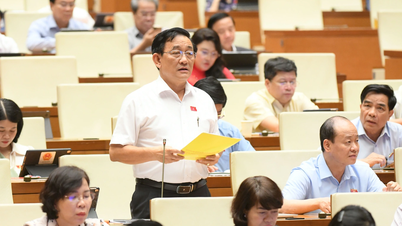














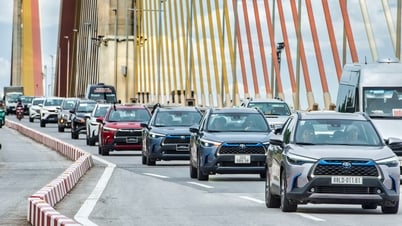


















































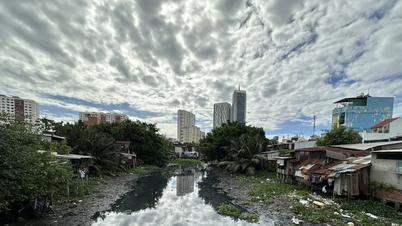

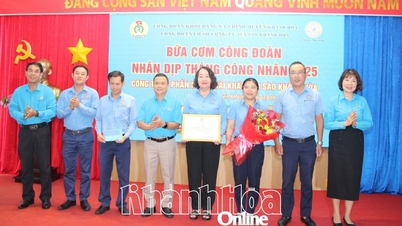


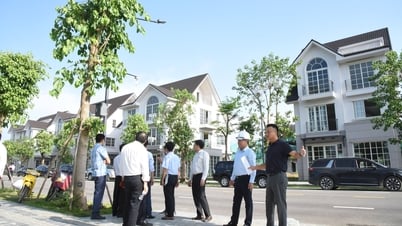

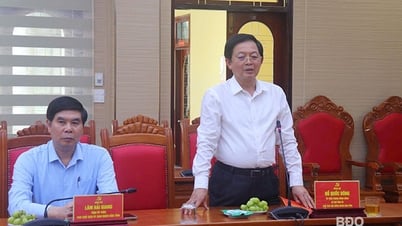











Comment (0)